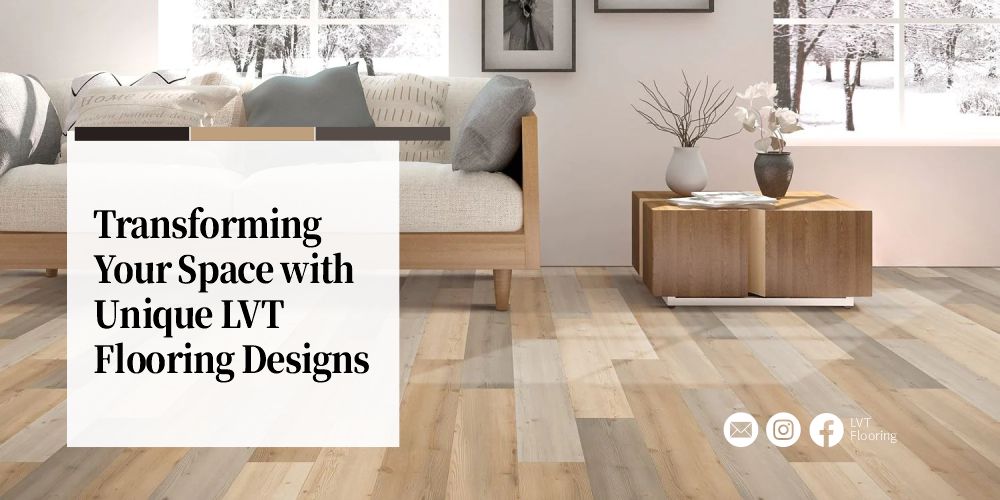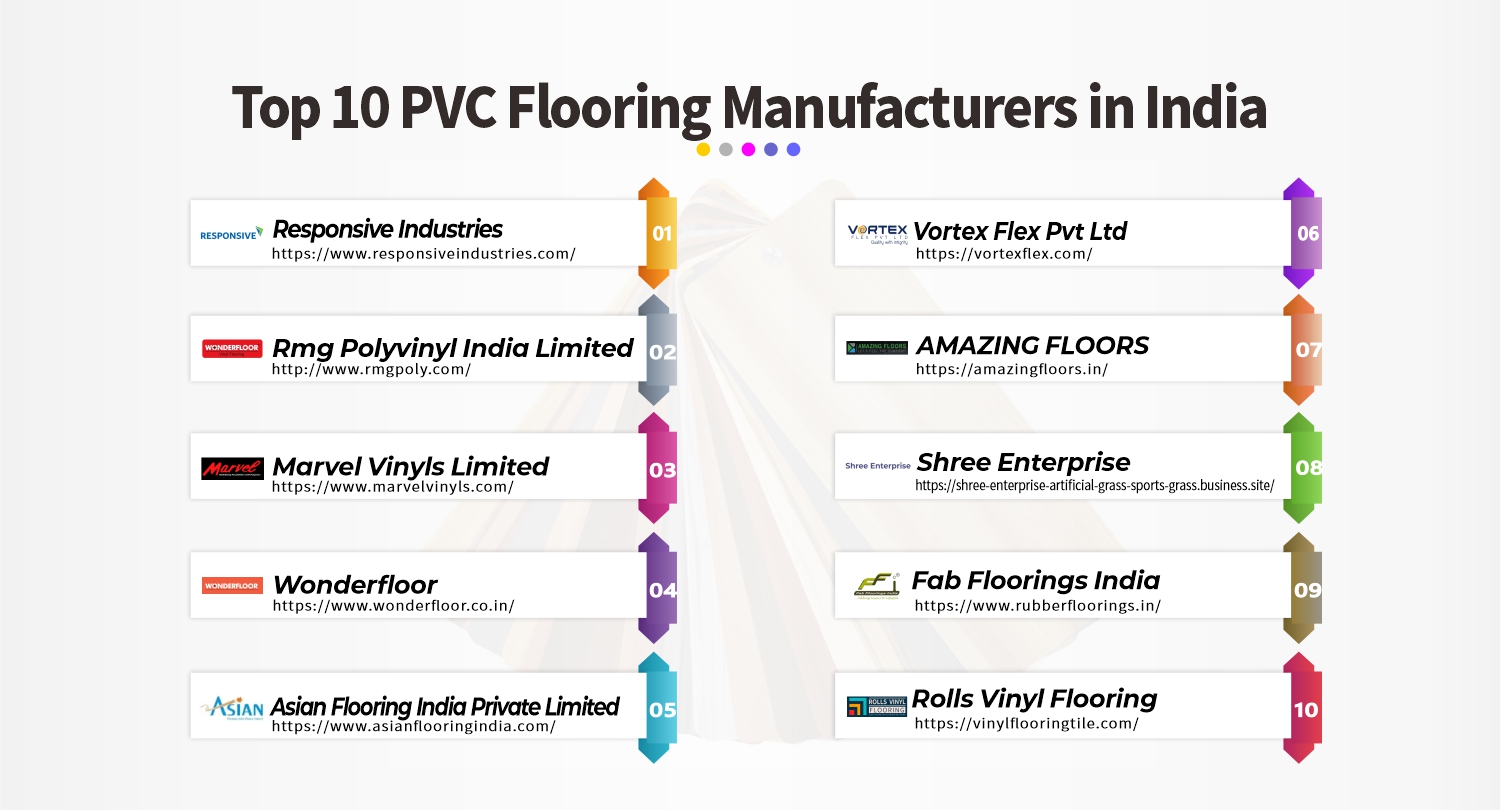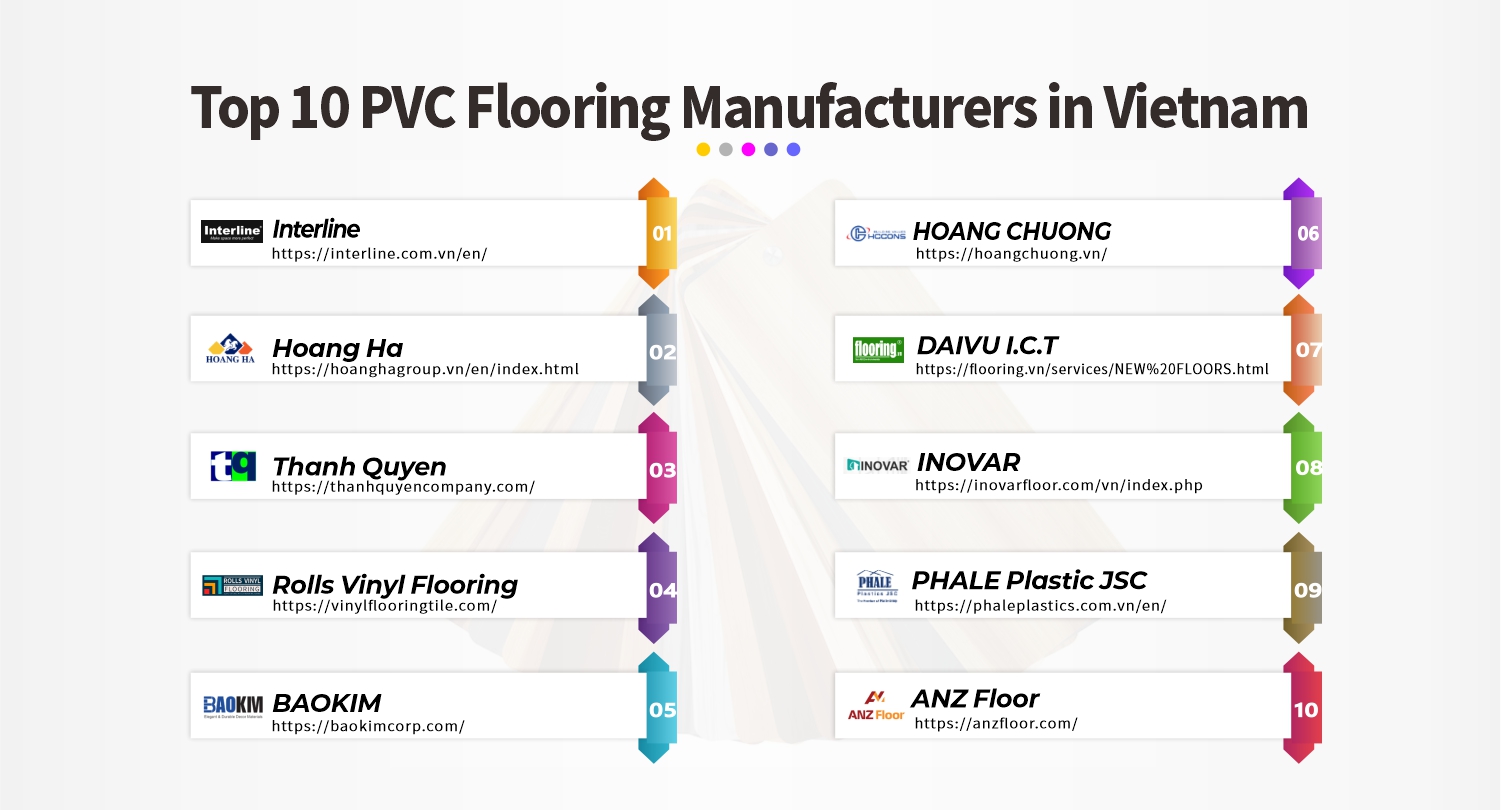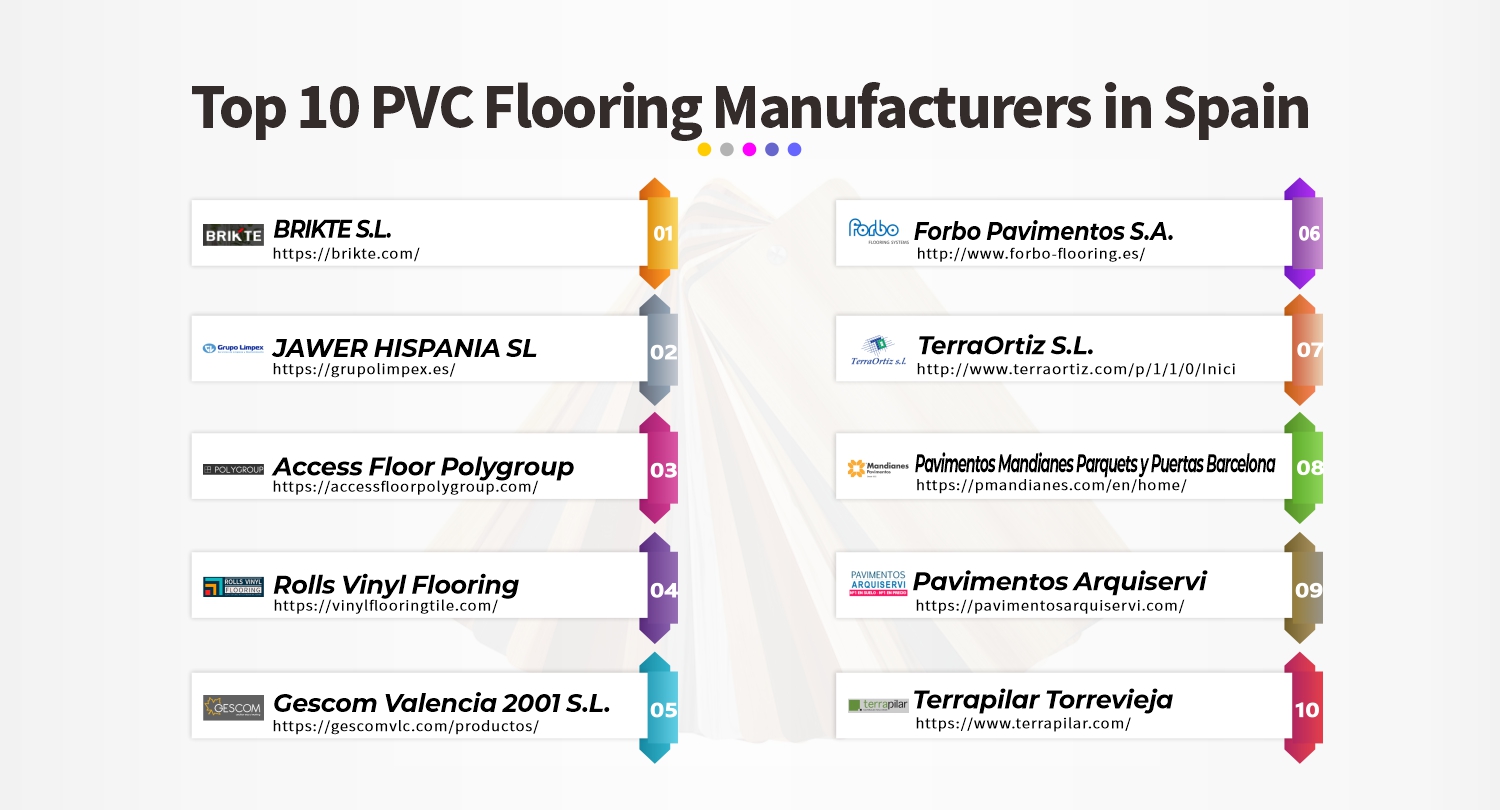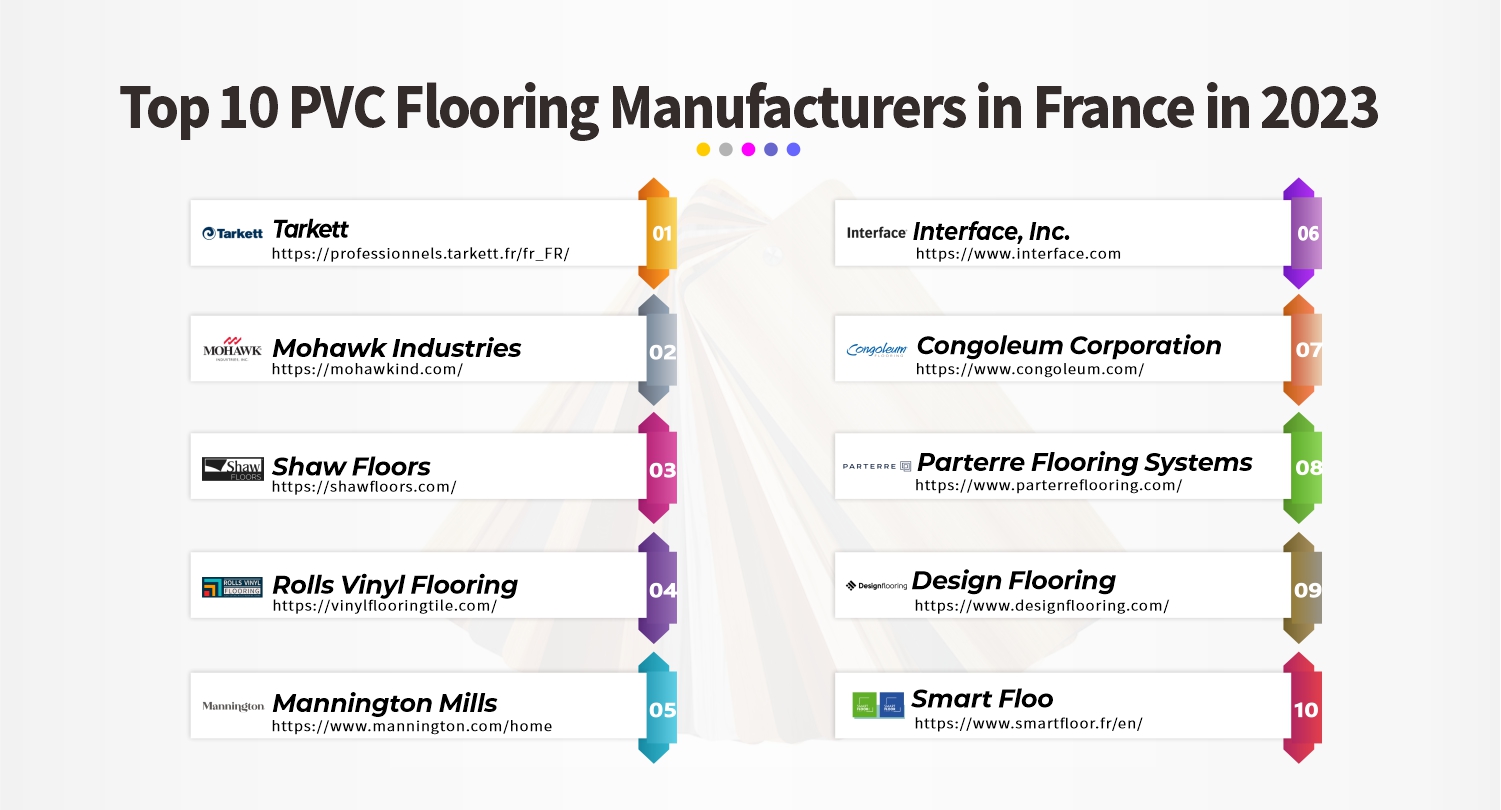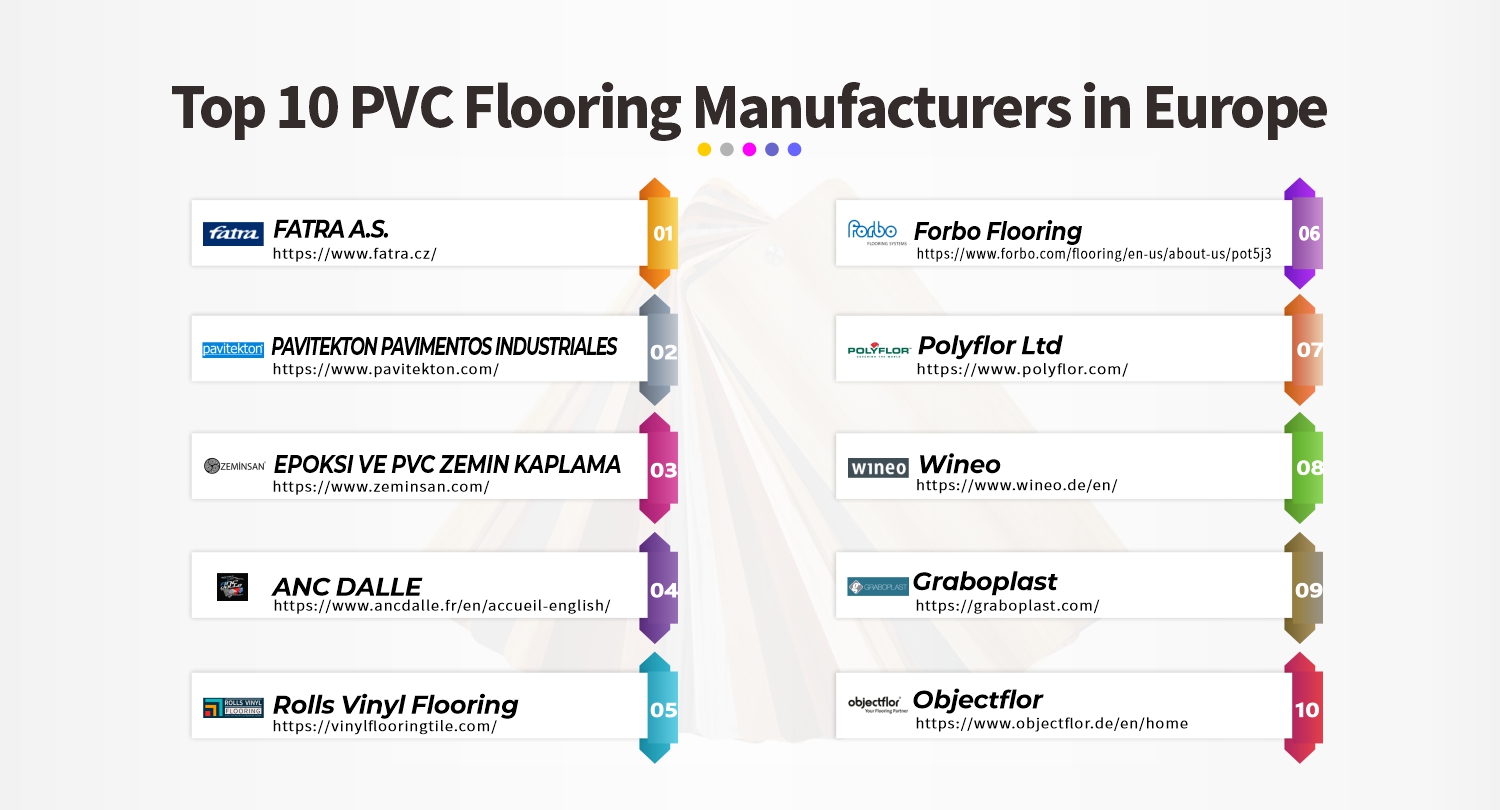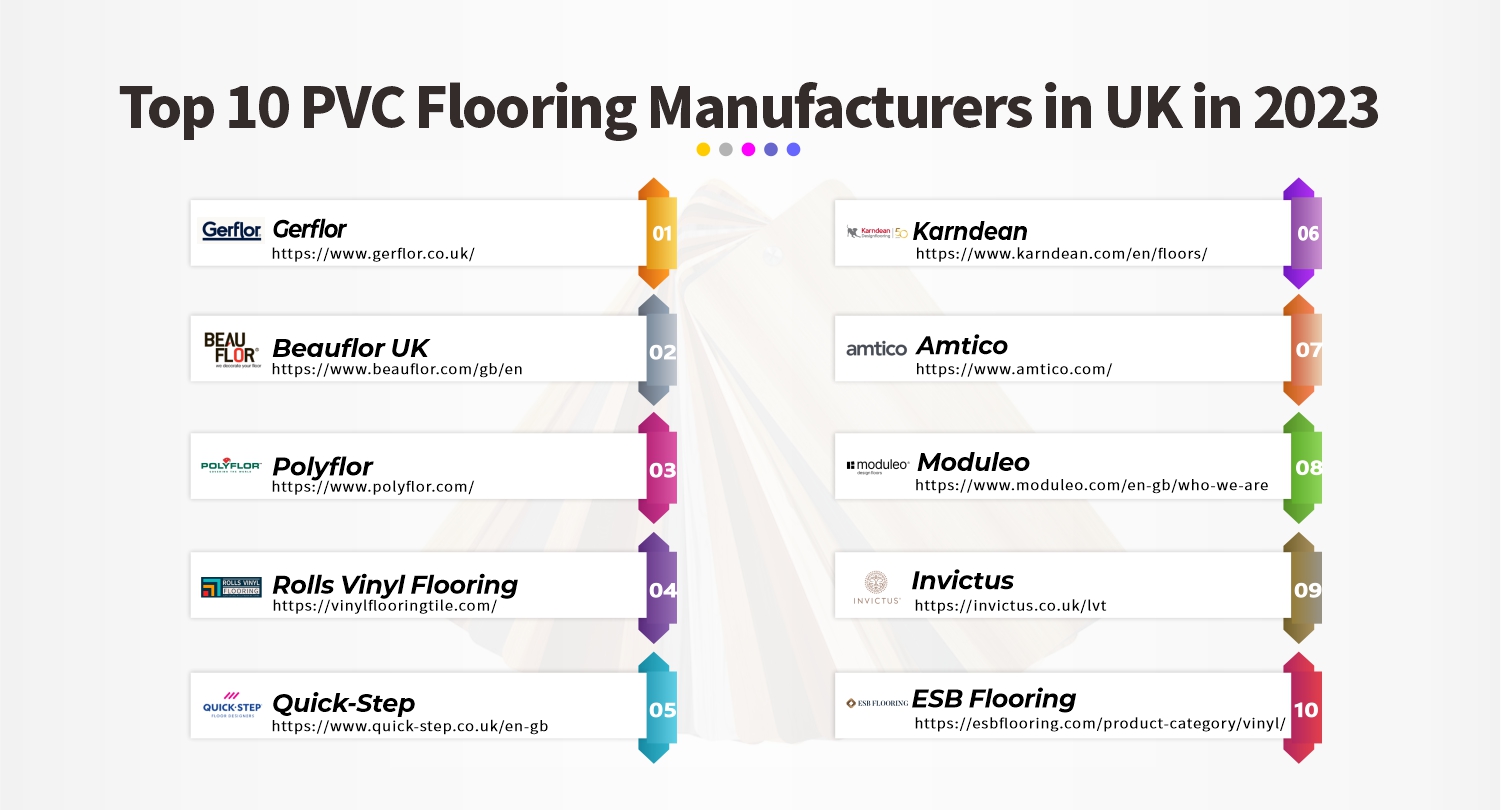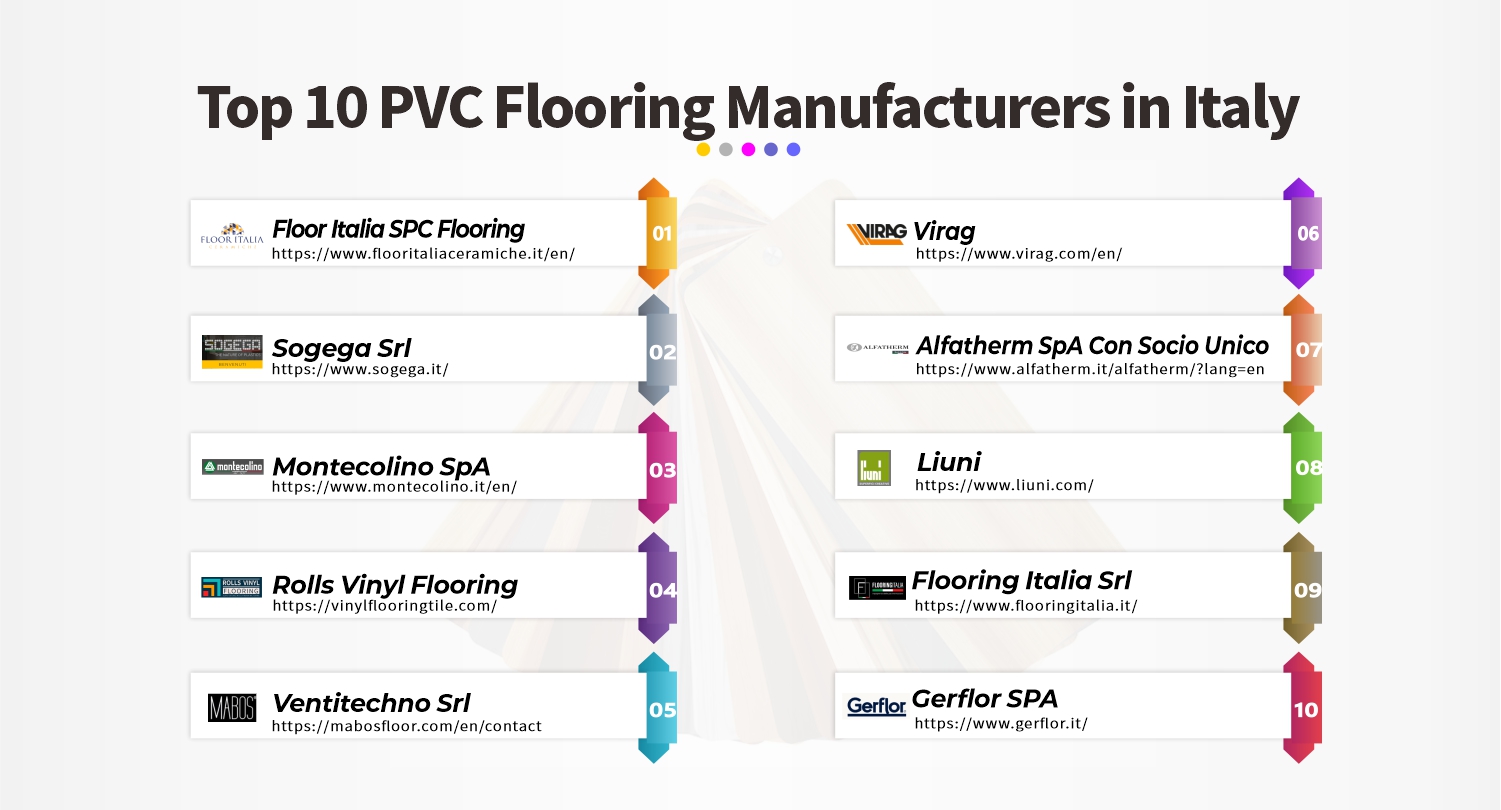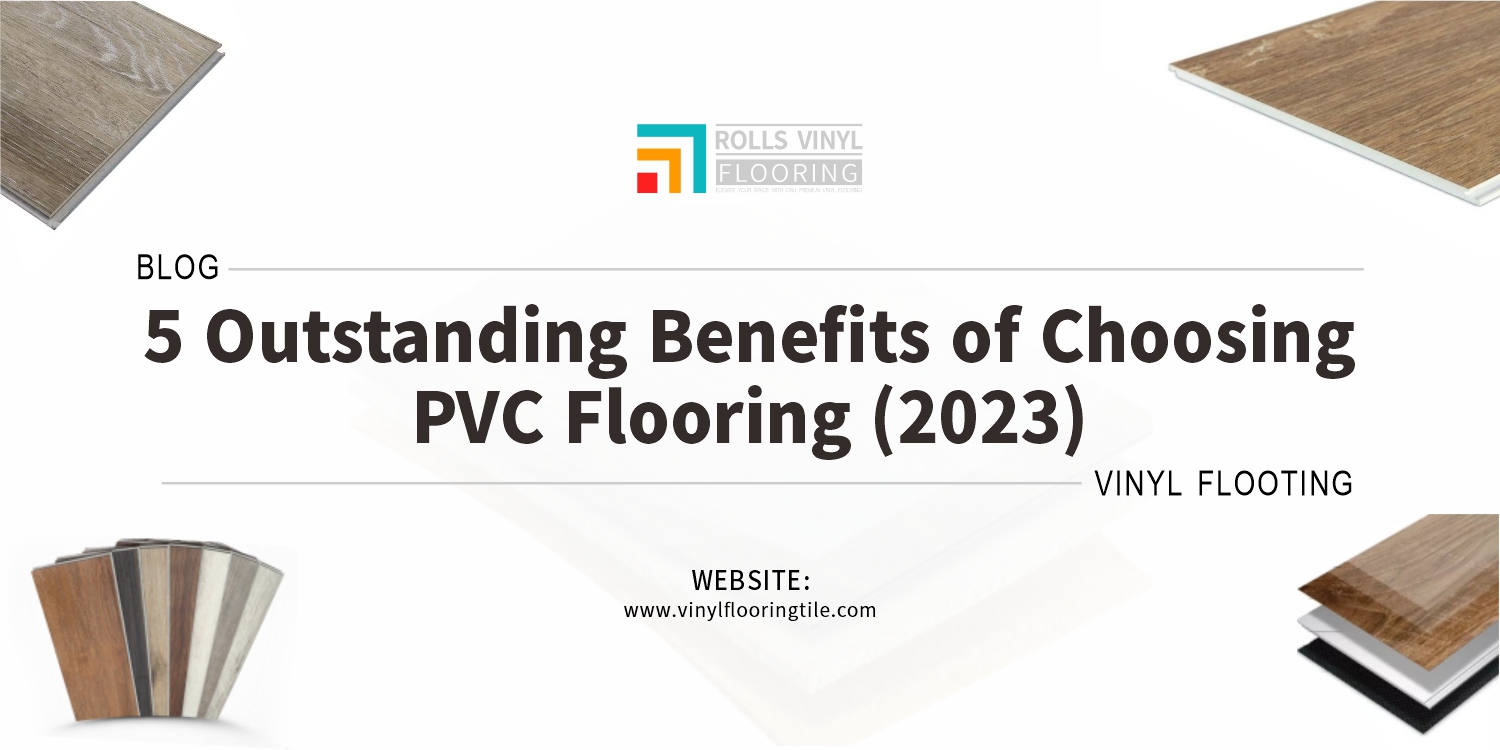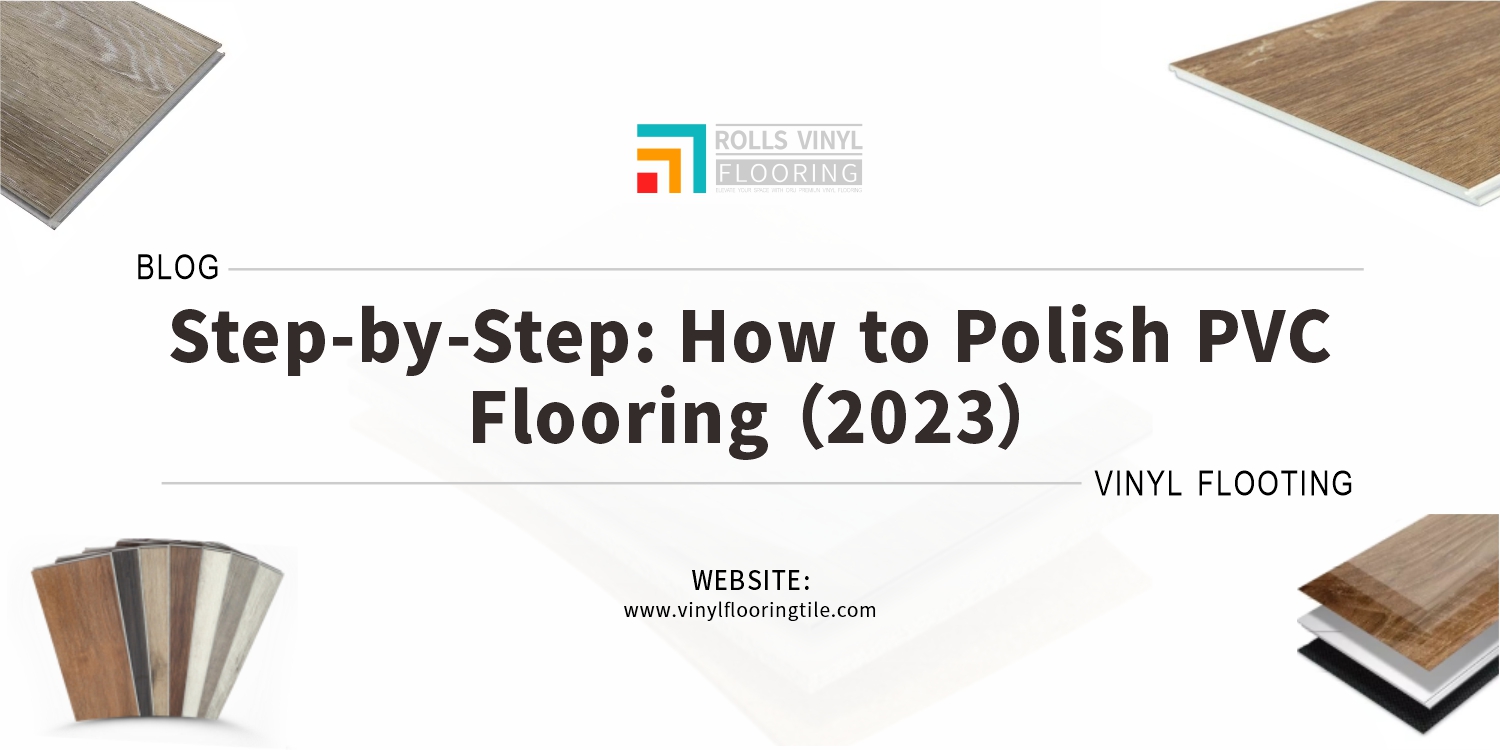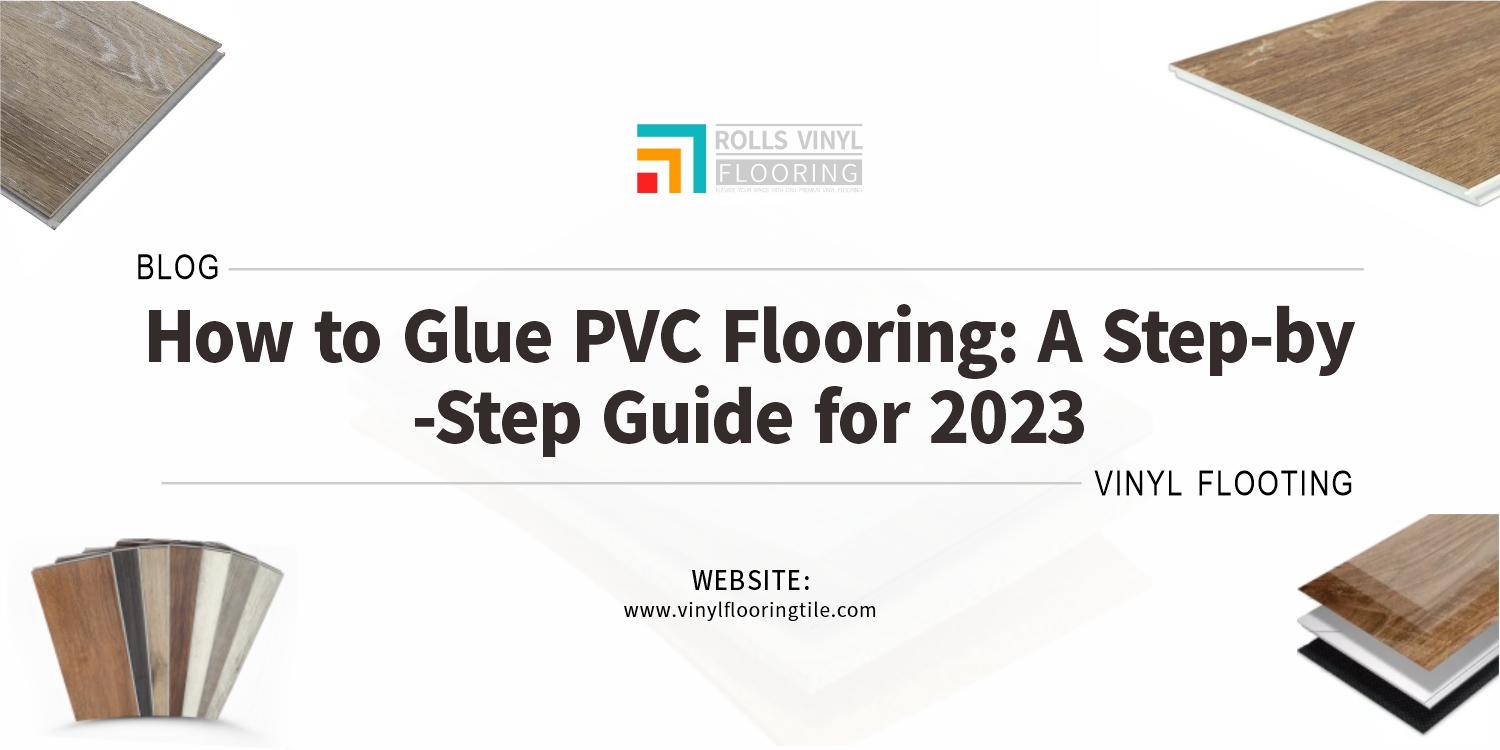Looking for a way to transform your space and add a touch of character and interest? Look no further than unique LVT flooring designs. As an author, I am passionate about helping readers create a space that reflects their style, and LVT flooring is a great way to do just that.
LVT flooring offers a wide range of design options, including herringbone, random, and offset patterns, each with its unique look and feel. Whether you want to create a classic, timeless look or a bold, modern statement, LVT flooring has the versatility to meet your needs.
Discover the many options available and learn how to select the perfect LVT flooring design to transform your space.
1. Definition of LVT flooring
LVT flooring, or Luxury Vinyl Tile flooring, is a type of flooring that is made of vinyl and replicates the look of natural materials such as wood or stone. It is a popular flooring option for both commercial and residential settings, thanks to its durability, ease of installation, and low maintenance requirements.
LVT flooring consists of several layers, including a base layer, a core layer, a print layer, and a wear layer. The base layer provides stability to the flooring, while the core layer provides resistance to dents and scratches. The print layer is where the design is printed, and the wear layer is a clear protective layer that helps to prevent scratches and other types of damage.
One of the key features of LVT flooring is its ability to mimic the look of natural materials. Thanks to advances in printing technology, LVT flooring can replicate the grain patterns, textures, and colors of wood and stone, giving it a realistic appearance. Additionally, LVT flooring is available in a wide range of styles and colors, making it easy to find a design that complements any interior décor.
Another advantage of LVT flooring is its durability. Because it is made of vinyl, LVT flooring is highly resistant to scratches, dents, and other types of damage. It is also waterproof, which makes it an ideal choice for kitchens, bathrooms, and other areas that are prone to moisture. Additionally, LVT flooring is easy to clean and maintain, making it a low-maintenance flooring option.
LVT flooring is also known for its ease of installation. Unlike traditional flooring options like hardwood or tile, LVT flooring can be installed using a variety of methods, including floating installation, glue-down installation, or loose-lay installation. This makes it an ideal option for DIY projects or for those who want to save money on installation costs.
LVT flooring is a durable, low-maintenance, and highly customizable flooring option that can mimic the look of natural materials. Its ability to resist scratches and moisture, combined with its ease of installation, makes it a popular choice for both residential and commercial settings.
2. Benefits of LVT flooring design
| Benefit | Description |
|---|---|
| Durability | LVT flooring is highly durable and resistant to scratches, stains, and wear and tear. |
| Easy to Install | LVT flooring can be easily installed over most existing floors, reducing installation time and costs. |
| Low Maintenance | LVT flooring requires minimal maintenance, with simple cleaning and occasional resealing. |
| Versatility | LVT flooring comes in a wide variety of designs, colors, and patterns, making it a versatile option for any interior design scheme. |
| Comfort | LVT flooring has a softer, more cushioned feel than traditional tile or hardwood flooring, making it more comfortable to walk and stand on. |
| Waterproof | LVT flooring is waterproof, making it an ideal choice for bathrooms, kitchens, and other high-moisture areas. |
Easy Cutting and Installation:
LVT flooring is designed to be easy to cut and install, making it a popular choice for DIY projects. It can be cut to size using a utility knife or a saw, and it can be installed using a variety of methods, including floating, glue-down, or loose-lay installation. This makes it a convenient option for those who want to save money on installation costs or who want to take on a home renovation project themselves.
Durability:
LVT flooring is known for its durability, thanks to its multiple layers and wear-resistant top layer. The wear layer helps to protect the flooring from scratches, scuffs, and other types of damage, making it ideal for high-traffic areas. Additionally, LVT flooring is resistant to dents and stains, which makes it a popular choice for commercial settings like offices and retail spaces.
Waterproof:
LVT flooring is waterproof, which makes it ideal for use in areas that are prone to moisture, such as bathrooms, kitchens, and laundry rooms. Unlike hardwood or carpeting, LVT flooring will not warp, buckle, or rot when exposed to water, making it a durable and long-lasting flooring option for these areas. Additionally, LVT flooring is easy to clean and maintain, which is an added benefit in areas that are prone to spills and stains.
3. Options for LVT flooring designs
Offset pattern:
An offset pattern is a popular LVT flooring design that involves laying the tiles or planks in a staggered pattern. This creates a visually interesting effect that mimics the look of natural hardwood flooring. An offset pattern is a great option for those who want a classic, timeless look for their floors.
Random pattern:
A random pattern involves laying the LVT tiles or planks in a completely random fashion. This can create a unique, one-of-a-kind look that adds character and visual interest to any space. A random pattern is a great option for those who want a bold, eclectic look for their floors.
Herringbone pattern:
A herringbone pattern involves laying the LVT tiles or planks in a diagonal, zig-zag pattern. This creates a sophisticated, high-end look that is often associated with luxury homes and high-end hotels. A herringbone pattern is a great option for those who want to add a touch of elegance and sophistication to their floors.
Chevron pattern:
A chevron pattern is similar to a herringbone pattern, but it involves laying the LVT tiles or planks in a V-shaped pattern instead of a diagonal, zig-zag pattern. This creates a bold, modern look that is often used in contemporary and minimalist interiors. A chevron pattern is a great option for those who want a sleek, modern look for their floors.
Basketweave pattern:
A basketweave pattern involves laying the LVT tiles or planks in a criss crossing pattern, creating a woven effect. This pattern is often used in traditional or classic interiors and can add a touch of texture and interest to floors. A basketweave pattern is a great option for those who want to create a timeless, classic look for their floors.
Whether you are renovating your home or looking to update a commercial space, LVT flooring can help you achieve the look and feel you desire. With so many unique design options to choose from, there is an LVT flooring style that will work for every taste and budget.

